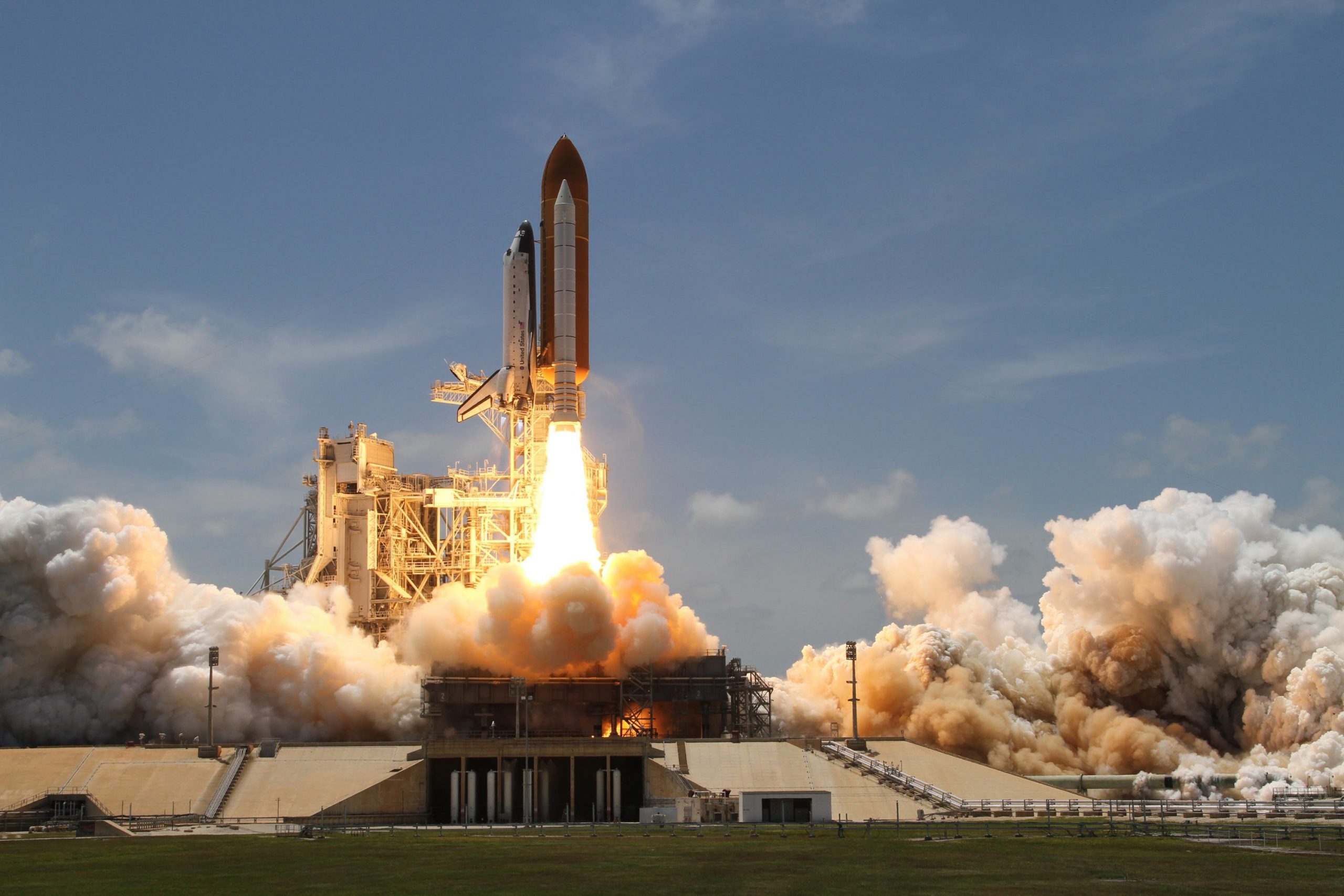
A bigger tug — Rocket Report: A new estimate of Starship costs; Japan launches spy satellite One space tug company runs into financial problems; another says go big or go home.
Stephen Clark – Jan 19, 2024 12:00 pm UTC Enlarge / An H-IIA rocket lifts off with the IGS Optical-8 spy satellite.Mitsubishi Heavy Industries reader comments
Welcome to Edition 6.27 of the Rocket Report! This week, we discuss an intriguing new report looking at Starship. Most fascinating, the report covers SpaceX’s costs to build a Starship and how these costs will come down as the company ramps up its build and launch cadence. At the other end of the spectrum, former NASA Administrator Mike Griffin has a plan to get astronauts back to the Moon that would wholly ignore the opportunities afforded by Starship.
As always, we welcome reader submissions, and if you don’t want to miss an issue, please subscribe using the box below (the form will not appear on AMP-enabled versions of the site). Each report will include information on small-, medium-, and heavy-lift rockets, as well as a quick look ahead at the next three launches on the calendar.
The problem at America’s military spaceports. The Biden administration is requesting $1.3 billion over the next five years to revamp infrastructure at the Space Force’s ranges in Florida and California, Ars reports. This will help address things like roads, bridges, utilities, and airfields that, in many cases, haven’t seen an update in decades. But it’s not enough, according to the Space Force. Last year, Cape Canaveral was the departure point for 72 orbital rocket launches, and officials anticipate more than 100 this year. The infrastructure and workforce at the Florida spaceport could support about 150 launches in a year without any major changes, but launch activity is likely to exceed that number within a few years.
Higher fees incoming… Commercial launch companies operating from Cape Canaveral Space Force Station, Florida, or Vandenberg Space Force Base, California, pay fees to the Space Force to reimburse for direct costs related to rocket launches. These cover expenses like weather forecast services, surveillance to ensure airplanes and boats stay out of restricted areas, and range safety support.”What that typically meant was anything we did that was specifically dedicated to that launch,” said Col. James Horne, deputy commander of the Space Force’s assured access to space directorate. This is about to change after legislation passed by Congress in December allows the Space Force to charge indirect fees to commercial providers. This money will go into a fund to pay for maintenance and upgrades to infrastructure used by all launch companies at the spaceports. Advertisement
Momentus is running out of money.Momentus, a company that specializes in “last mile” satellite delivery services, announced on January 12 that it is running out of money and does not have a financial lifeline, CNBC reports. The company was once valued at more than $1 billion before going public via a Special Purpose Acquisition Company (SPAC) in 2021 but now has a market capitalization of less than $10 million. Momentus has developed a space tug called Vigoride, designed to place small satellites into bespoke orbits after deploying from a larger rocket on a rideshare mission, such as a SpaceX Falcon 9. Now, Momentus is abandoning plans for its next mission that was due for launch in March. In December, the company laid off about 20 percent of its workforce to reduce costs.
Fatal blow?… Momentusmay have received a potentially fatal blow after losing the US Space Development Agencys recent competition for 18 so-called Tranche 2 satellites, Aviation Week reports. Instead, the SDA made recent satellite manufacturing contract awards to Rocket Lab, L3Harris, Lockheed Martin, and Sierra Space. On Wednesday, Momentus announced it closed a $4 million stock sale. This should keep Momentus afloat for a while longer but won’t provide the level of capital needed to undertake any significant manufacturing or technical development work. (submitted by Ken the Bin) The Rocket Report: An Ars newsletter The easiest way to keep up with Eric Berger’s space reporting is to sign up for his newsletter, we’ll collect his stories in your inbox. Sign Me Up!
Orbex may go bigger.UK-based launch startup Orbex hasn’t yet flown its small satellite launcher, called Prime, but is already looking at what’s next, according to reports by European Spaceflight and the Financial Times. New Orbex CEO Phil Chambers, who was officially appointed earlier this month, told the Financial Times that the company was already discussing the possibility of developing a larger vehicle.Speaking to European Spaceflight, Chambers described the business model to deliver orbital launch services with Prime as robust. Despite this, he admitted that the small launch industry was only a small sliver of the overall launch market.
Learning to walk before running … While future growth is on Orbex’s radar, its near-term focus is completing construction of a spaceport in Scotland, launching a maiden flight of Prime, and delivering on the six flights the company has already sold. The two-stage Prime rocket, fueled by “bio-propane,” will be capable of hauling a payload of approximately 180 kilograms (nearly 400 pounds) into low-Earth orbit. But Orbex has been shy about releasing updates on the progress of the Prime rocket’s development since unveiling a full-scale mock-up of the launch vehicle in 2022. Last year, the CEO who led Orbex since its founding resigned. Its most recent significant funding round was valued at 40.4 million pounds in late 2022. (submitted by Ken the Bin) Page: 1 2 3 4 Next → reader comments Stephen Clark Stephen Clark is a space reporter at Ars Technica, covering private space companies and the worlds space agencies. Stephen writes about the nexus of technology, science, policy, and business on and off the planet. Advertisement Channel Ars Technica ← Previous story Related Stories Today on Ars




